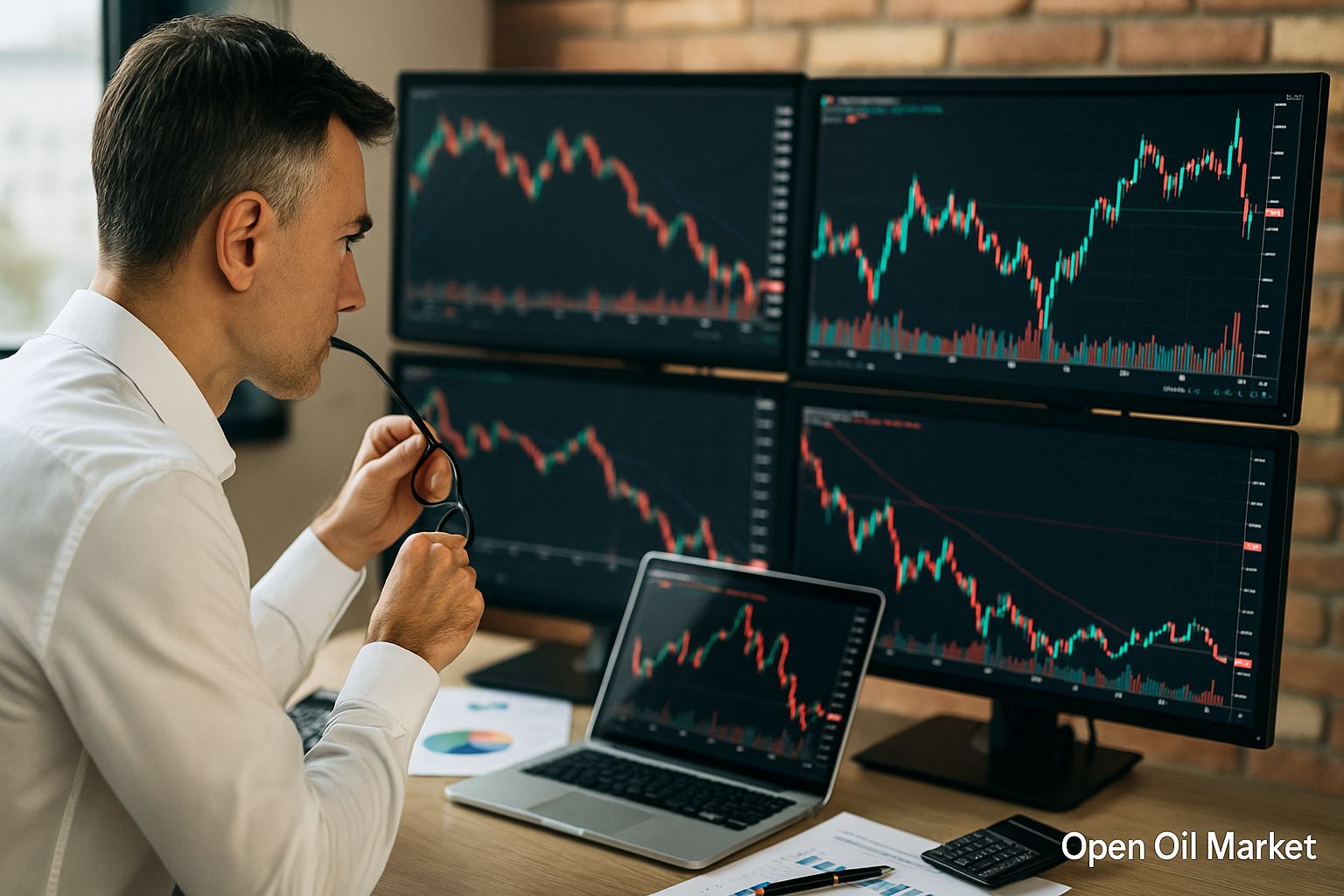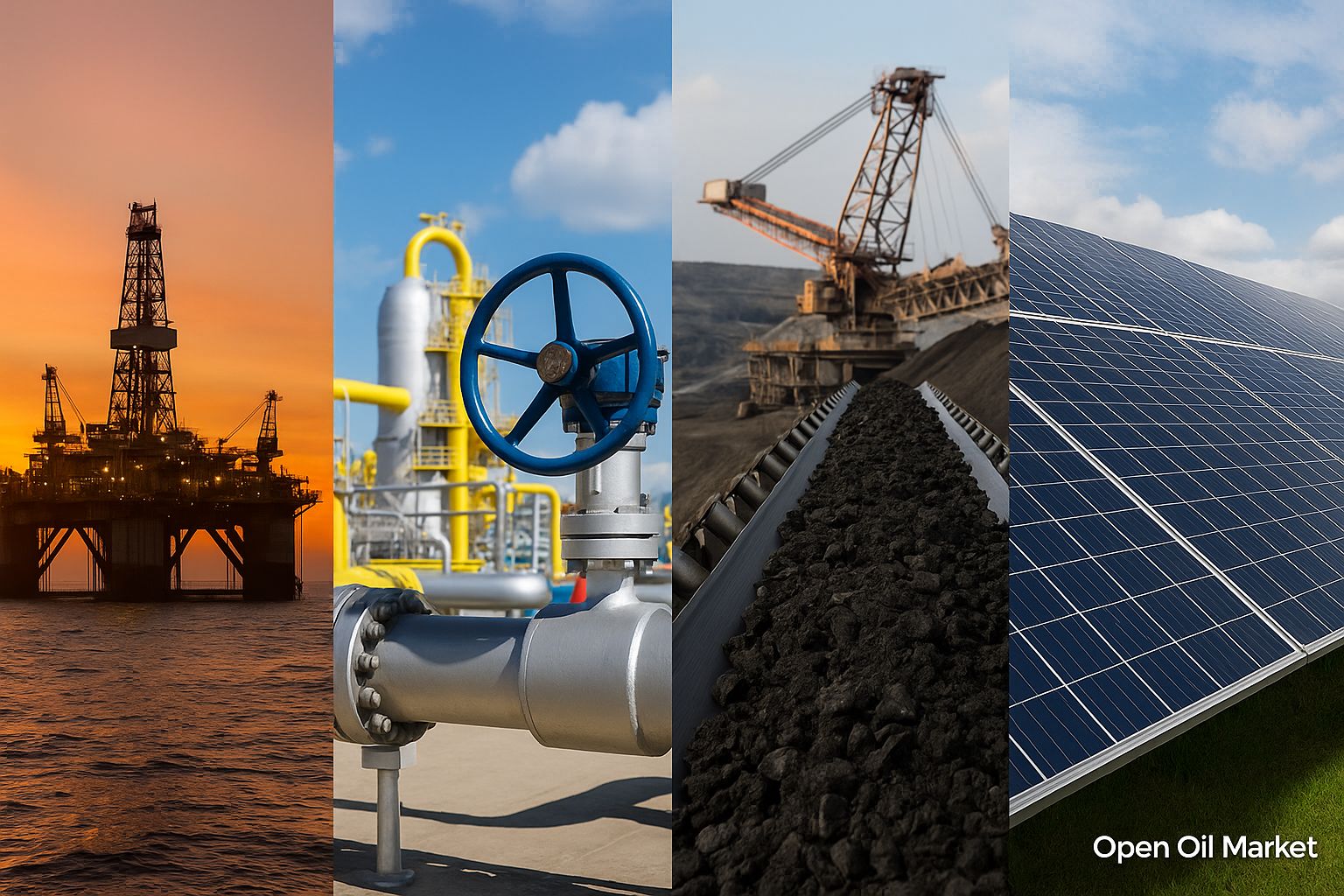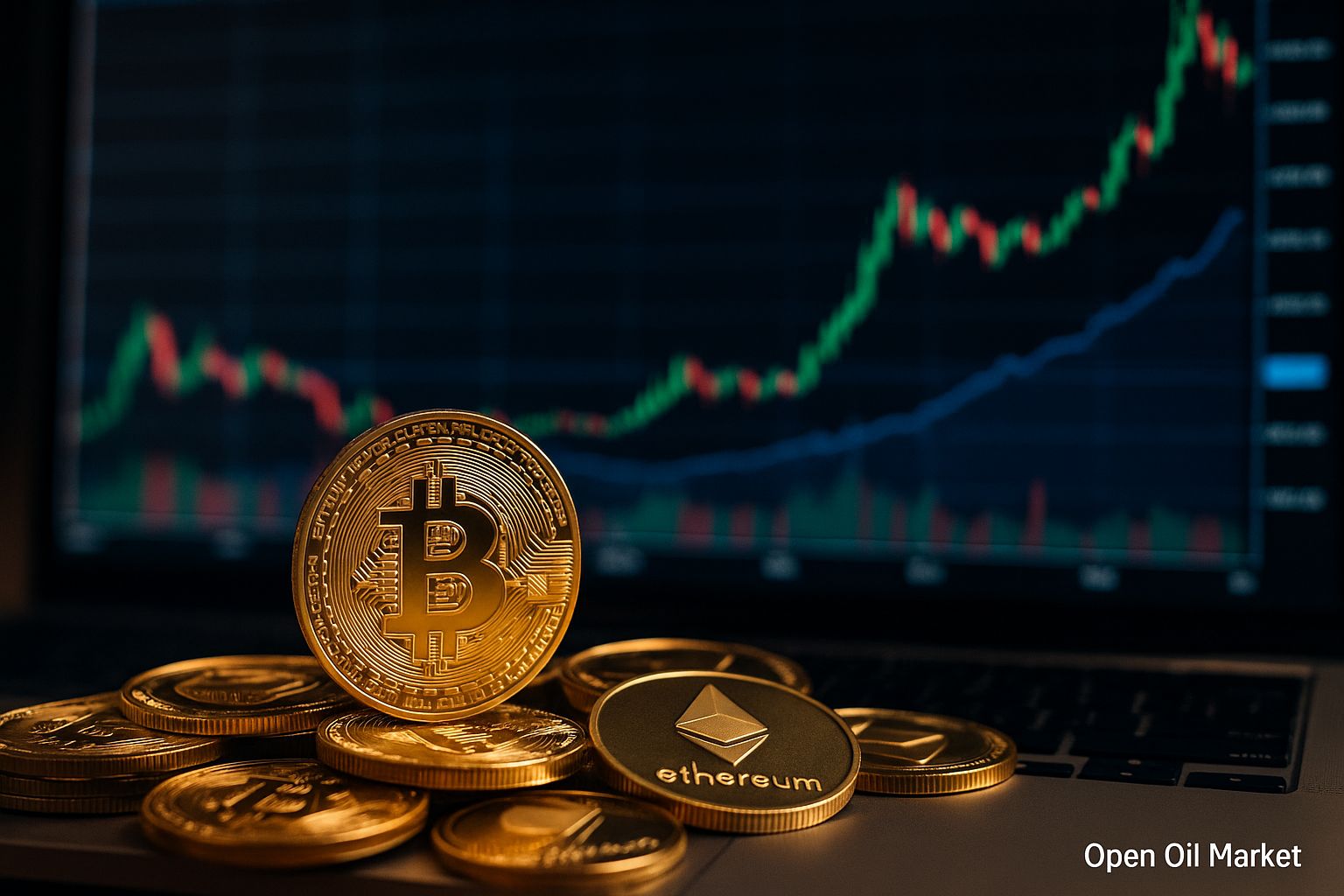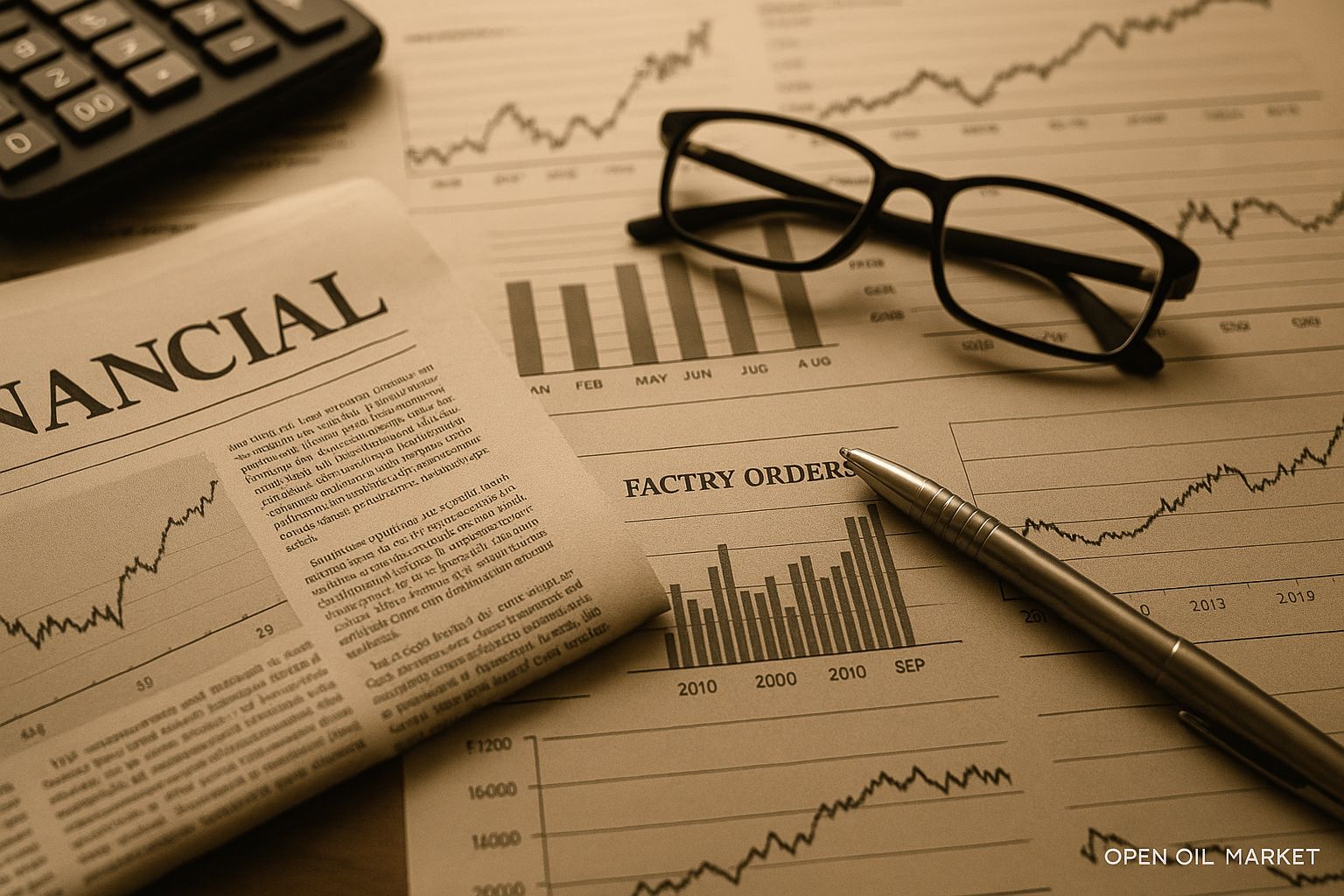
Current Startup and Venture Capital News as of September 21, 2025. Mega Rounds in AI, New Unicorns, Revival of IPOs, M&A Deals, Growth in Fintech, Biotech, Crypto Industry, and Defence Technologies.
By the end of September 2025, the global venture capital market is confidently recovering after several years of decline. Investors worldwide have resumed funding technology companies at all stages of development—from early seed rounds to preparing startups for IPOs. In the first six months of 2025, the volume of venture investments reached its highest level since 2021: for instance, in North America, startups raised approximately $145 billion, which is about 43% more than the previous year.
Against the backdrop of an improving macroeconomic situation and growing interest in innovation, confidence in the venture market is strengthening: deals are becoming larger and cover a wide range of sectors—from artificial intelligence and fintech to biotechnology and defence. At the same time, a level of caution remains: funding is primarily directed to the most promising projects to avoid overheating in specific niches.
A venture boom is being observed across all regions. The USA remains the leader, accounting for about two-thirds of the global investment volume (especially dominating in the AI sector). In the Middle East, startup funding nearly doubled over the year, driven by multi-billion dollar tech projects in the Gulf countries. In Europe, structural shifts are occurring: Germany has surpassed the UK in total venture deal volume for the first time in a decade, although Europe's overall share in global VC has slightly decreased.
India and Southeast Asia continue to experience an investment boom, fuelled by foreign funds, while activity in China remains restrained due to domestic restrictions. Startup ecosystems in Africa and Latin America are also revitalising, attracting increasing capital and forming new growth points outside traditional tech hubs. Meanwhile, startups in Russia and the CIS are striving to keep pace with global trends—new funds and programmes supporting innovative businesses are emerging in the region, notwithstanding external constraints.
Below are the key trends and events in the venture market as of September 21, 2025:
- The Return of Mega Funds and Major Investors. Leading venture players are raising record-sized funds and increasing investments, once again flooding the market with capital and heating up appetite for risk.
- Record Funding Rounds and a New Wave of Unicorns. Exceptionally large deals are driving up startup valuations to unprecedented heights, particularly in the fields of artificial intelligence and robotics.
- The Revival of the IPO Market. A series of successful high-tech company IPOs signals the opening of a "window" for exits and the return of liquidity to the venture market.
- A Wave of Consolidation and M&A Deals. Major mergers, acquisitions, and strategic investments are reshaping the industry landscape, creating new exit opportunities and accelerating the growth of companies.
- Diversification of Sector Focus. Venture capitalists are investing not only in AI, but also in fintech, green technologies, biotech, defence projects, and even crypto startups, broadening market horizons.
- A Renaissance in the Crypto Industry. A rally in the digital assets market has rekindled investor interest in blockchain projects, leading to new substantial funding rounds and even the first public offerings in the crypto sector.
- A Boom in Defence and Space Investments. Geopolitical factors are stimulating a capital influx into defence-tech and aerospace projects, making these sectors a new priority for venture funds.
- Local Initiatives in Russia and the CIS. New funds and support measures for startups are being launched in the region, while local projects attract foreign capital, gradually integrating into global trends.
The Return of Mega Funds: Large Capital is Back in the Market
The largest investment organisations are again entering the venture arena, signalling an increase in appetite for risk. Japan's SoftBank conglomerate has announced the launch of its third Vision Fund, worth approximately $40 billion, targeted at advanced technological areas, primarily artificial intelligence and robotics. Sovereign funds from Gulf states have also become more active, injecting oil dollars into technological initiatives and state mega-projects, thereby turning the Middle East into one of the new centres of technological development. Simultaneously, numerous new venture funds are being formed globally, attracting substantial institutional capital for investments in high-tech sectors.
- Veritas Capital Fund IX – $14.4 billion. An American fund focused on technology and the defence sector has closed a new fund at a record amount, demonstrating a high level of trust from major institutional investors.
- Great Hill Partners IX – $7 billion. One of the largest growth funds, focusing on technology companies, attracted substantial funds and significantly exceeded its initial target size when closing the new fund.
Notably, the venture firm Andreessen Horowitz is also targeting the establishment of a mega fund of around $20 billion, entirely dedicated to investments in AI companies—if successful, this would become the firm's largest fund in history. The intensified capital influx from such "mega funds" has led to a significant increase in the volume of uninvested capital ("dry powder") in the market. In the American venture sector, funds have already accumulated hundreds of billions of dollars, ready to deploy as confidence returns. This enhances competition for the best startups and maintains high valuations for promising companies. The presence of large institutional investors also strengthens market confidence in the continued long-term capital influx into the industry.
Mega Rounds in AI: A New Wave of Unicorns
The artificial intelligence sector remains the main driver of the venture market in 2025, demonstrating record levels of financing. Investors are keen to secure positions among the leaders of the new technological cycle, directing colossal sums into the most promising projects. In recent weeks, several unprecedented deals have confirmed this trend:
- OpenAI (USA) – $8.3 billion. The AI technology developer raised one of the largest rounds in history at a valuation of around $300 billion. In collaboration with Microsoft, the company is establishing a separate business unit for its future IPO.
- Mistral AI (France) – €1.7 billion. The generative AI startup secured record funding for Europe, raising its valuation to €11.7 billion. Leading investor ASML underscores Europe's ambitions in AI infrastructure.
- PsiQuantum (USA) – $1 billion. The quantum startup secured the largest investment in its segment at a valuation of approximately $7 billion, confirming investors' willingness to finance technologies beyond classical artificial intelligence.
- Figure AI (USA) – over $1 billion. The humanoid robot developer attracted over $1 billion (Series C round) at a valuation of around $39 billion, setting an unprecedented level for a robotics startup.
Such mega rounds are creating a generation of new "unicorns" and accelerating the emergence of technological leaders of the future. Despite warnings about potential market overheating, investor appetite for advanced projects remains high. It should be noted that not only applied AI is being funded but also the infrastructure for it—specialised chips, cloud platforms, and data storage systems necessary for scaling the AI ecosystem.
The IPO Market is Reviving: The Exit Window is Open
After the downturn of 2022–2023, the IPO market is once again showing signs of life. The successful public offerings of several high-tech companies have demonstrated that investors are ready to purchase shares of rapidly growing startups at high valuations. The new wave of stock market debuts reinforces venture funds' confidence in the possibility of lucrative exits.
- Chime. The American fintech unicorn (neobank) debuted on Nasdaq in June; the share price soared 30% on the first trading day, confirming high investor demand for promising fintech companies.
- Klarna. The Swedish fintech giant made its debut on the New York Stock Exchange, becoming one of the first European "unicorns" to list in the US after a long hiatus. Shares were sold above the initial range and rose more than 25% within the first hours of trading.
- Via. The American transportation technology developer raised approximately $493 million during its IPO on the NYSE, giving the company a valuation of around $3.5 billion. This debut showed the market’s readiness to invest in new segments of transportation services.
The success of these offerings indicates a return of liquidity to the venture market. Following these first "signs of spring," other large startups are preparing for IPOs—from the American payment service Stripe (reportedly having already submitted a confidential filing) to highly valued AI companies like Databricks. The resumption of IPO activity is critically important for the entire ecosystem: successful exits allow venture funds to realise profits and channel freed-up funds into new projects, fuelling the next growth cycle.
A Wave of Mergers and Acquisitions (M&A)
High startup valuations and fierce competition for markets are driving the industry toward a new wave of consolidation. Major tech corporations are again willing to spend billions on strategic acquisitions to strengthen their positions and gain access to cutting-edge developments. A series of high-profile deals in recent months confirm this trend:
- Google → Wiz — ~$32 billion. Alphabet Corporation acquired the Israeli cloud cybersecurity startup to strengthen its position in data protection and cloud services.
- SoftBank → Ampere — ~$6.5 billion. The Japanese holding acquired the American server processor developer Ampere Computing, aiming to become a leader in the segment of chips for cloud and enterprise data centres.
The activation of acquisitions is changing the balance of power in the industry. Mature startups are either merging with one another or becoming targets for corporations. For venture investors, this opens up opportunities for long-awaited exits through the sale of portfolio companies to strategic players. Simultaneously, consolidation allows redundant competitors to be removed from the market, focusing resources on the most promising areas.
Diversification: Fintech, Biotech, and Green Projects
Venture investments in 2025 are no longer concentrated solely on AI—capital is actively flowing into other sectors. After last year's decline, fintech is gaining momentum again: major fintech startups are attracting substantial sums and renewing partnerships with banks. Concurrently, interest in environmental and climate projects is growing—from renewable energy and energy storage systems to electric vehicles and carbon footprint reduction technologies. Gradually, investor appetite for biotechnology is also returning: the emergence of new drugs and digital health services is drawing capital, as valuations of companies in this sector are recovering.
Recent examples of major deals outside the AI sector confirm the breadth of the venture market:
- Kriya Therapeutics – $320 million. An American biotech startup specialising in gene therapy secured $320 million in a Series D round of financing.
- Odyssey Therapeutics – $213 million. The biopharmaceutical company developing new treatments for severe diseases received $213 million in a Series D round.
- Nitricity – $50 million. The Californian environmental startup received $50 million to develop innovative zero-emission fertilizer production technology.
The broadening of the sector focus is making the startup ecosystem more resilient, reducing the risk of overheating in specific niches. Investors are consciously seeking new growth points beyond the immensely popular AI, contributing to the emergence of prospective companies across various fields.
A Renaissance in the Crypto Industry
The digital assets market is experiencing a new surge in the latter half of 2025, reigniting venture capital interest in crypto startups. Bitcoin has already surpassed the historic threshold of $120,000, setting a new absolute high, and the leading altcoins are also rapidly rising. Just a year ago, the blockchain sector was experiencing a crisis of trust and stringent regulatory pressure; however, the current rally has fundamentally changed investor sentiment.
Large funds that previously paused investments in crypto projects are re-entering this market. Significant funding rounds are being recorded, and some players are even going public. For instance:
- Circle. The fintech company in the digital currency space successfully conducted an IPO, becoming one of the first major "crypto-friendly" firms on the stock exchange.
- Gemini. The cryptocurrency exchange attracted $50 million from Nasdaq Ventures ahead of its own public listing.
- BlackRock. The investment giant launched an exchange-traded fund (ETF) linked to Bitcoin, signalling institutional recognition of crypto assets.
All these events show that the blockchain industry is once again perceived by investors as a promising avenue for growth.
Defence Technologies and Space at the Forefront
The geopolitical tensions of recent years have led to unprecedented increases in investment in the defence and aerospace sectors. Investments in defence-tech startups have surged: large rounds—such as the ~$2.5 billion raised by the American autonomous systems developer Anduril—demonstrate venture capital's readiness to fund security-related projects. Investors (and sometimes state structures) are actively supporting developments in drones, cybersecurity, military AI systems, as well as new space programmes and satellite platforms.
The defence and space sectors are quickly becoming a new priority for venture funds. Several "unicorns" in aerospace technologies have emerged in the USA, while European defence startups have received significant capital inflows amid changing geopolitics. For example:
- Apex – $200 million. The Californian manufacturer of standardised satellite platforms attracted $200 million in a Series D round to expedite the mass production of spacecraft to meet rising demand.
Overall, investments in these strategic industries promise not only commercial returns but also strategic advantages—which makes them attractive even to relatively conservative investors.
Russia and the CIS: Local Trends Against the Global Market
Despite external constraints, the startup scene in Russia and neighbouring countries is developing parallel to global trends. In 2025, new sources of capital and initiatives supporting technological businesses have emerged in the region:
- New Funds. In Russia, the private fund Nova VC (worth around 10 billion rubles) has begun operations, while in Tatarstan, an industry venture fund named "New Chemical Industry" (~5 billion rubles) has been established to finance regional innovative projects.
- Government Support. Authorities are discussing a separate law on venture investments. Among the stated goals is to stimulate innovation and increase R&D spending to 2% of GDP by 2030 (almost double the current level).
- International Success. Despite sanction barriers, teams from the CIS continue to attract funding abroad. For example, the machine learning service Vocal Image, founded by Belarusian expatriates and operating in Estonia, received ~$3.6 million from a French venture fund—demonstrating that promising projects from the region can find support on the global stage.
Though the volume of venture investments in Russia and the CIS is still lagging behind the benchmarks of global leaders, all the necessary elements of the ecosystem are forming: local funds, accelerators, government programmes, and international partnerships. This creates the foundation for the emergence of home-grown "unicorns" and deeper integration of regional startups into the world’s technological discourse.




